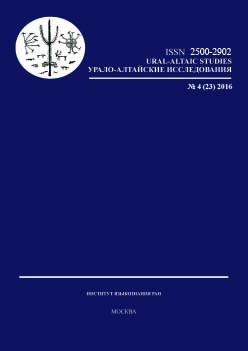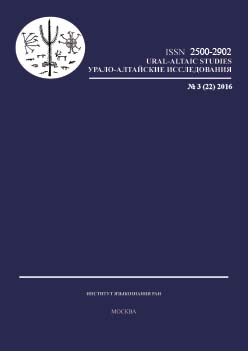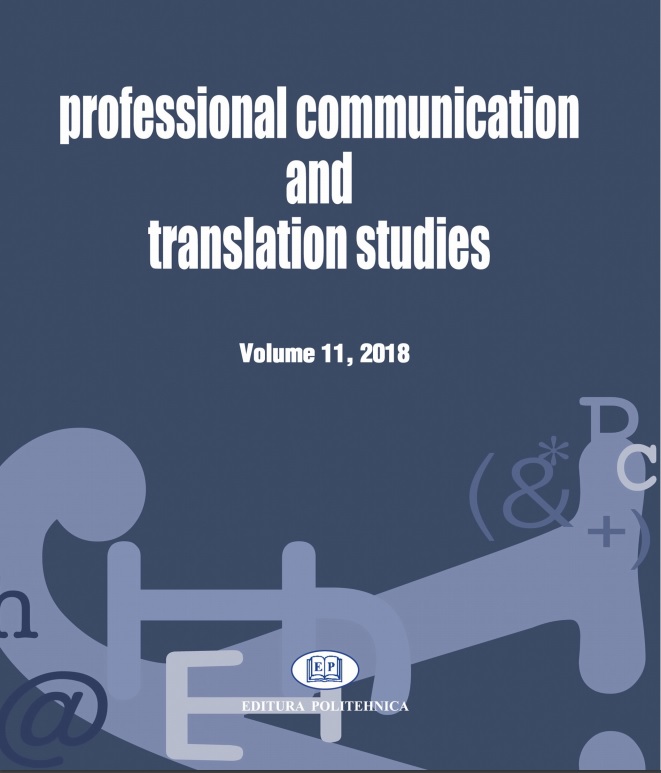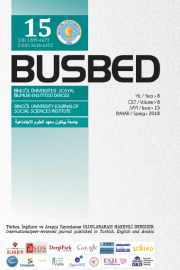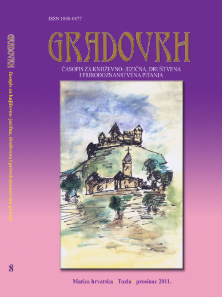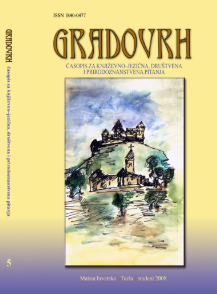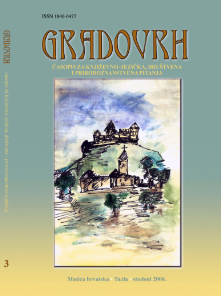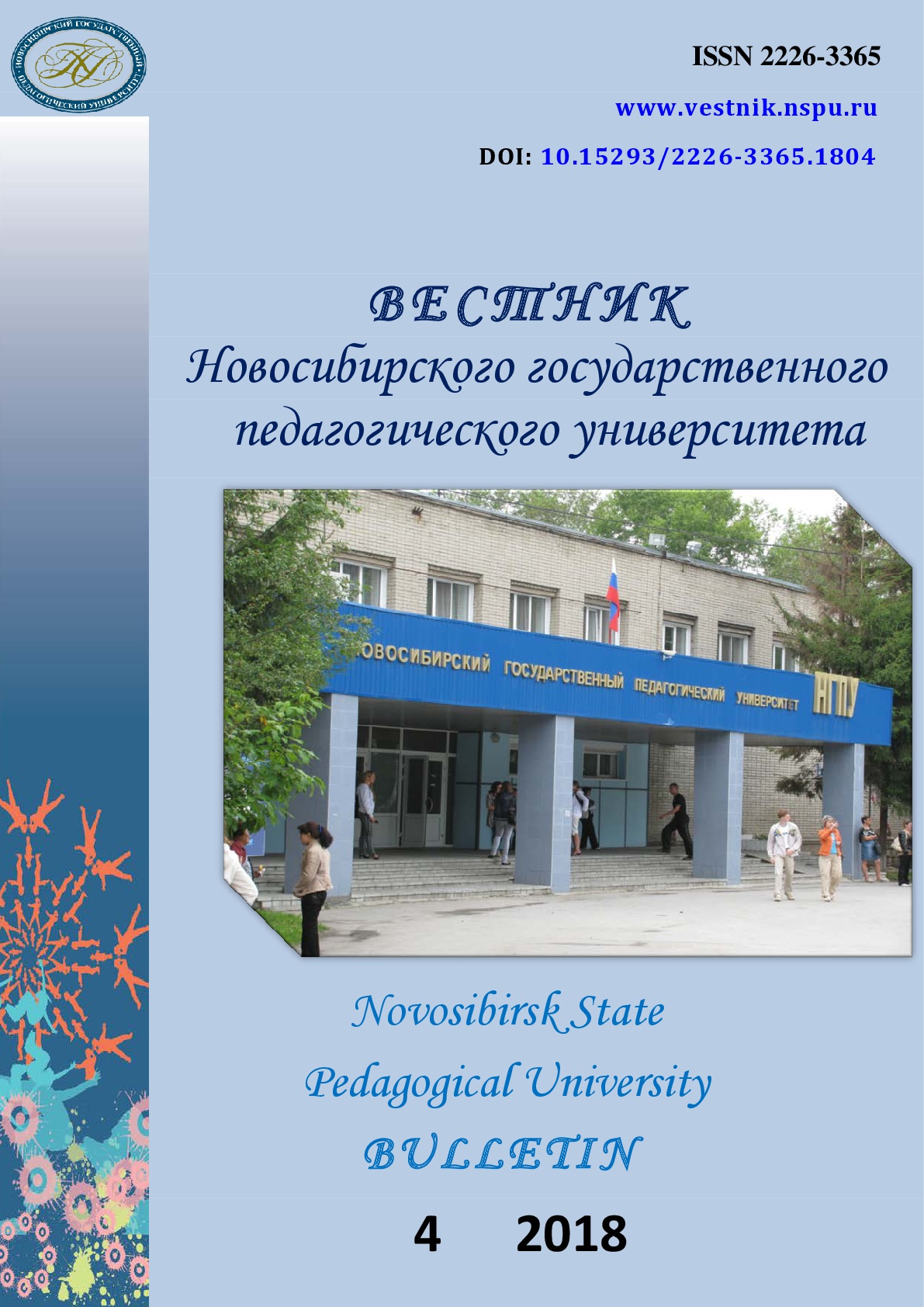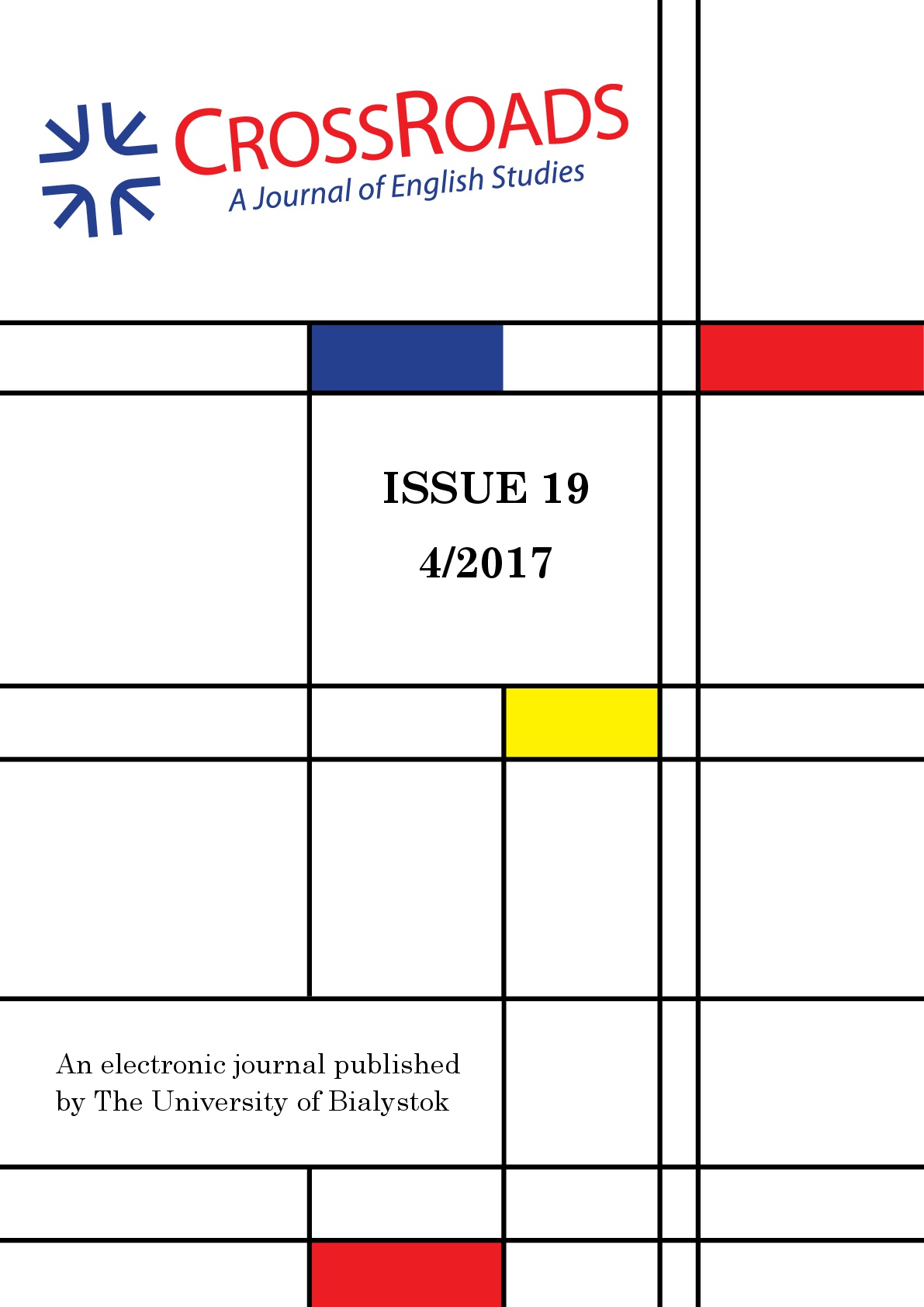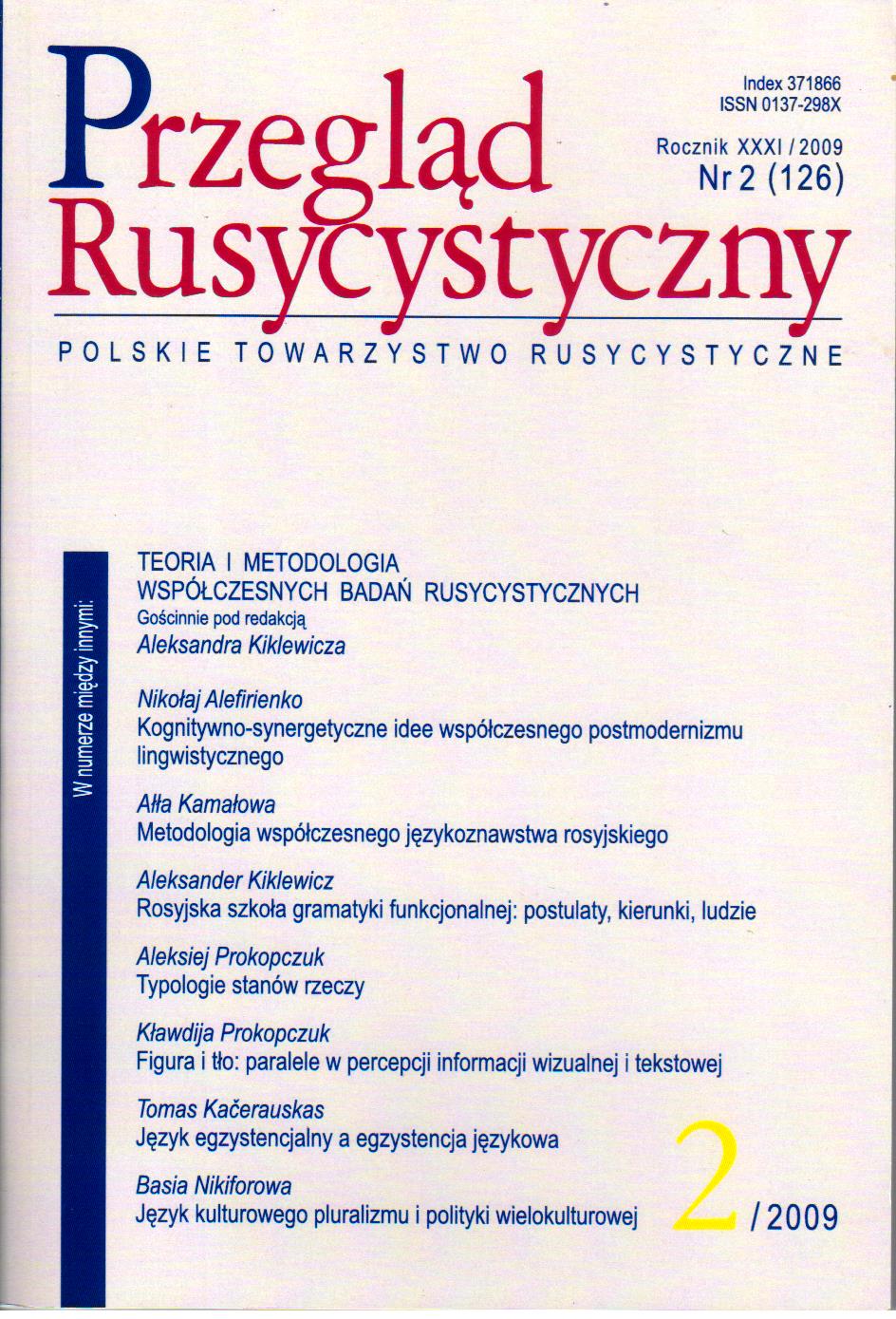
Особенности презентации фонетической дифференциации стилистической окраски языковых единиц в словарях современного русского языка
The article aims at paying attention to the diversity and sometimes also inconsistency appearing in the most known Russian language normative dictionaries. The authors give the reasons for this state of affairs, indicate the divergence from some phonetic forms as well as quote word stress variants and these dissimilarities functioning altogether. The words marked stylistically as the norm, acceptable or equivalent are taken into consideration in the word exemplification. The lack of unification in this aspect shows coexistence of alternative forms in various handbooks and this may be justified by a constant development of a language.
More...
